Chapter: Programming and Data structures : Advanced Non-Linear Data Structures
Binary Tree ADT: Implementation, Types, Application, Comparison
Binary
Tree ADT
A binary
tree is a tree in which no node can have more than two children. The maximum
degree of any node is two. This means the degree of a binary tree is either
zero or one or two.
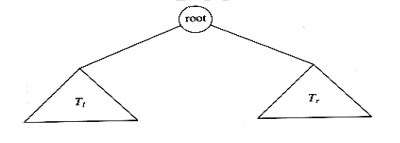
In the
above fig., the binary tree consists of a root and two sub trees Tl
& Tr. All nodes to the left of the binary tree are referred as
left subtrees and all nodes to the right of a binary tree are referred to as
right subtrees.
Implementation
A binary
tree has at most two children; we can keep direct pointers to them. The
declaration of tree nodes is similar in structure to that for doubly linked
lists, in that a node is a structure consisting of the key information plus two pointers (left and right) to other
nodes.
Binary Tree node declaration
typedef
struct tree_node *tree_ptr; struct tree_node
{
element_type
element;
tree_ptr
left; tree_ptr right; };
typedef
tree_ptr TREE;
Types of Binary Tree
i.
Strictly
binary tree
Strictly binary tree is a binary tree where all the nodes will have
either zero or two children. It does not have one child in any node.
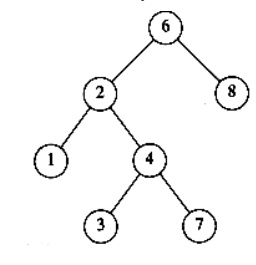
ii. Skew
tree
A skew tree is a binary tree in which every node except the leaf has
only one child node. There are two types of skew tree, they are left skewed
binary tree and right skewed binary tree.
Left skewed binary tree
A left skew tree has node with only the left child. It is a binary tree
with only left subtrees.
Right skewed binary tree
A right skew tree has node with only the right child. It is a binary
tree with only right subtrees.
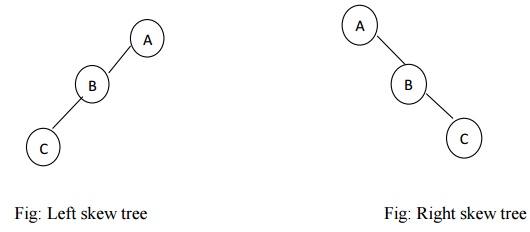
iii.
Full
binary tree or proper binary tree
A binary
tree is a full binary tree if all leaves are at the same level and every non
leaf node has exactly two children and it should contain maximum possible
number of nodes in all levels. A full binary tree of height h has 2h+1 – 1 nodes.
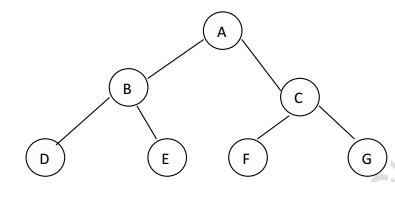
iv. Complete binary tree
Every non
leaf node has exactly two children but all leaves are not necessary at the same
level. A complete binary tree is one where all levels have the maximum number
of nodes except the last level. The last level elements should be filled from
left to right.
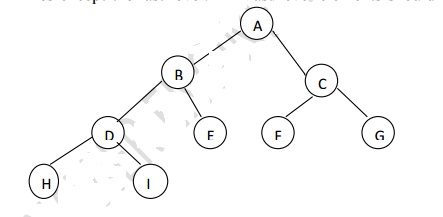
v.
Almost complete
binary tree
An almost complete binary tree is a tree in which
each node that has a right child also has a left child. Having a left child
does not require a node to have a right child.
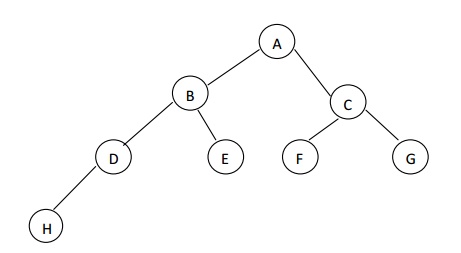
Comparison between General Tree and Binary Tree

General Tree
1.
General tree has any number of children.
2.
Evaluating any expression is difficult in general trees.
Binary Tree
1. A
binary tree has not more than two children
2.
Evaluation of expression is easy in binary tree.
Application of trees
i.
Manipulation of arithmetic expression
ii.
Symbol table construction
iii.
Syntax Analysis
iv.
Grammar
v.
Expression Tree
Related Topics